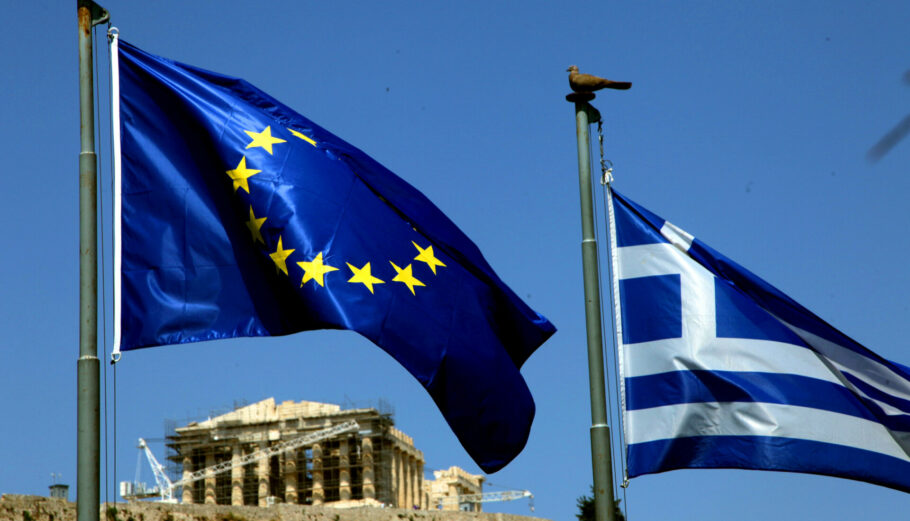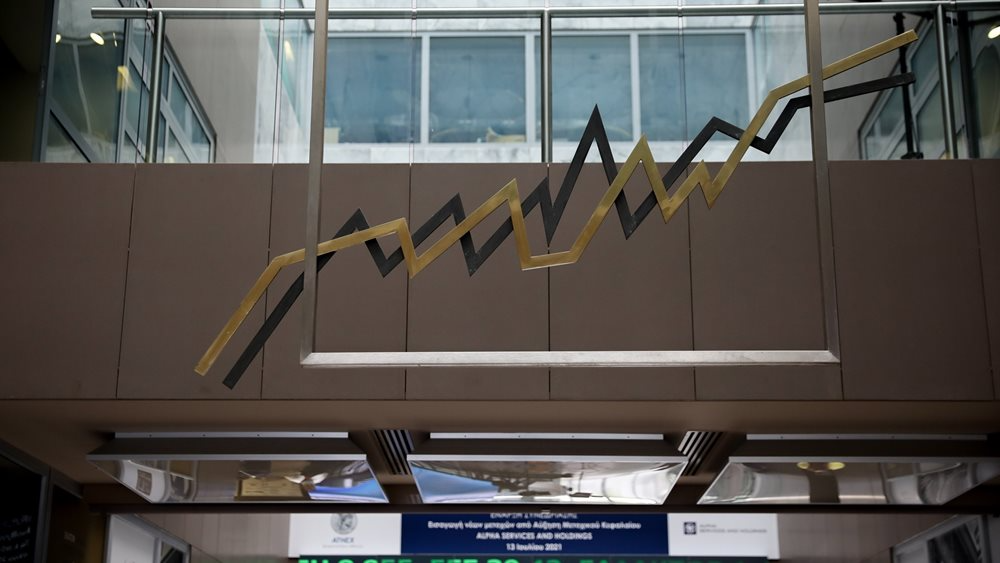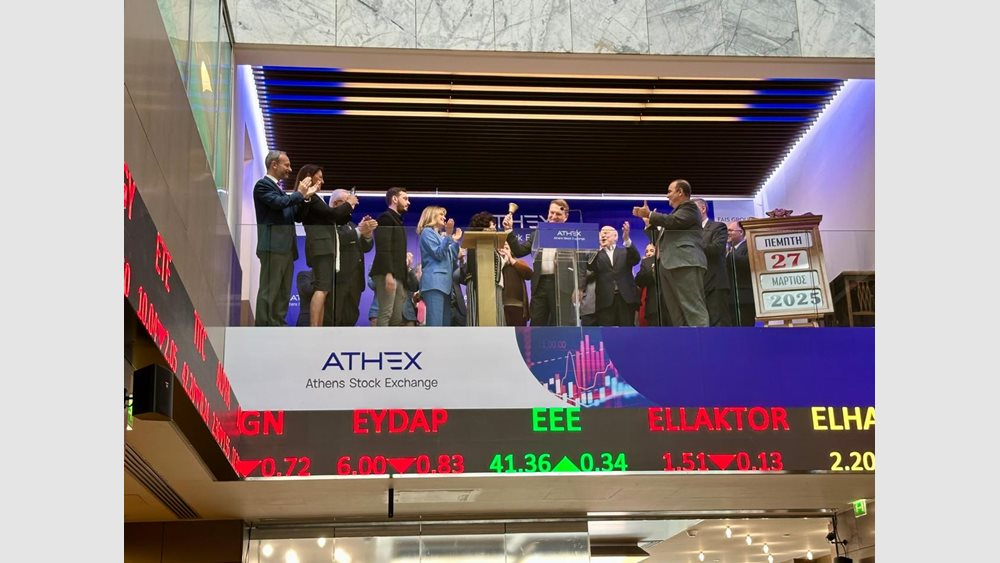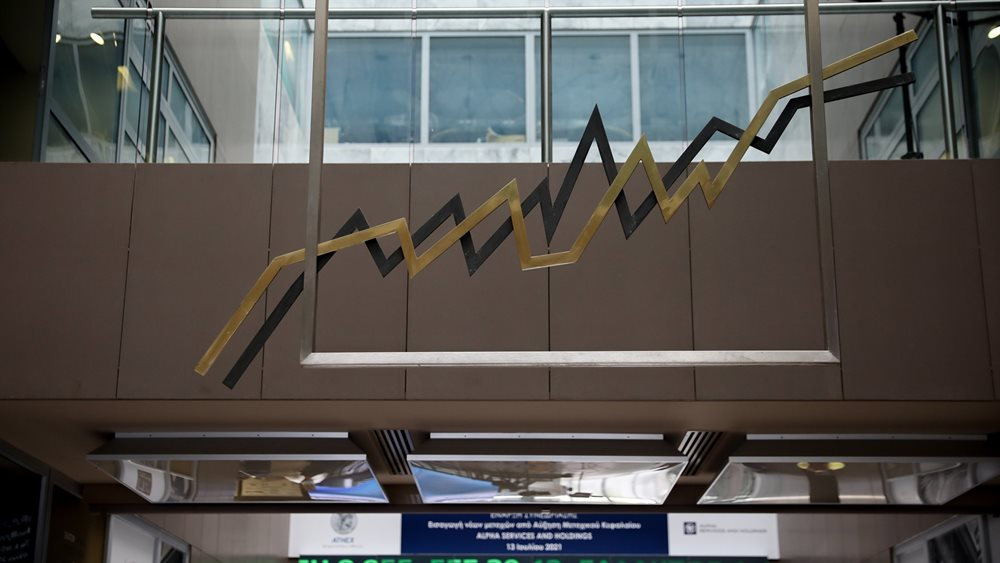
The Greece 2.0 project has so far progressed at a satisfactory pace. But its future course is expected to be much more challenging, Eurobank says in its weekly analysis, "7 Days Economy.".
According to Eurobank, the European Court of Auditors (ECA) released a report early in September as part of its institutional duty. The report looked at how the European Recovery and Resilience Fund (ERF) funds were used and how well the investments, actions, and reforms in the National Recovery and Resilience Plans (NRPs) of the 27 European Union (EU27) member states and Fund recipients were carried out.
But its future course is expected to be much more demanding, for two reasons:
First, the new NAP submitted by Greece in July 2023 and approved in its final form—after further minor amendments—in July 2024 was considerably more backward-looking than the original one, both quantitatively and qualitatively, as were the revised NAPs of most countries.
According to the EES, 95% of the investments and over 60% of the reforms of the Greece 2.0 plan are scheduled to be completed in the second half of the programming period, i.e. in the three-year period 2024-2026. In addition, these investments and reforms are not only more numerous but are also the most important for the future course of the economy and at the same time the most demanding. In the first three years, most of the milestones were related to the passing of laws, the preparation of plans and studies, and the launch of tenders; in the second three years, they concern the implementation of reforms, the completion of projects, and the achievement of quantifiable targets.
Second, as Eurobank explains, what will determine the contribution of the Recovery Fund to economic growth is the effective implementation of investments and the smooth implementation of reforms, which are not necessarily reflected in the performance in terms of disbursement of funds or the achievement of the respective milestones.
In addition, there may be underlying delays, obstacles, failures or other problems that are not yet reflected in the above-mentioned hard indicators. For example, according to a recent analysis by the Bank of Greece, less than ¼ of the funds that Greece had received as loans from the EIF by April 2024 had reached their final recipients (private enterprises), inter alia, due to bureaucracy. For grants, this figure was significantly higher, at 45% of the amount received from the EIF. A further 31% had been transferred to regions, municipalities, and other implementing authorities and agencies, but there was no publicly available data on the progress of individual funded projects.
Following this, Eurobank stresses that Greece, unlike the strong economies of Europe, which on a net basis contribute rather than directly benefit from the Recovery Fund, already has the resources to close the gap between it and its EU27 partners by focusing on the timely implementation of investments and the full implementation of reforms that will boost innovation, productivity and competitiveness of its economy.
Under the current circumstances and given the political and economic balances in the EU27, it seems extremely difficult—barring any unforeseen eventuality—to renew the EIF or to create a new fund of a similar nature after its expiry, The opportunity presented is unique, it stresses. "Its proper exploitation will be decisive for the course of the economy and the country in the long term," the Eurobank analysis notes.






